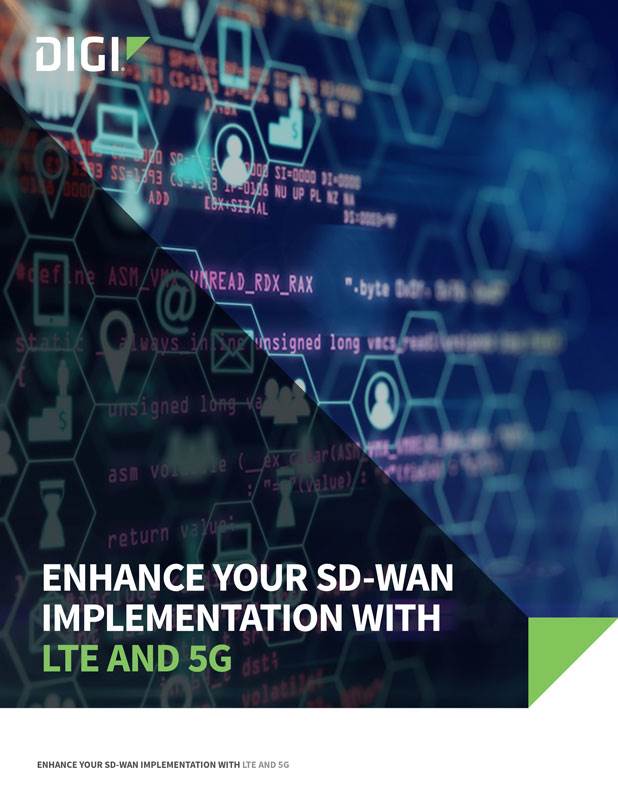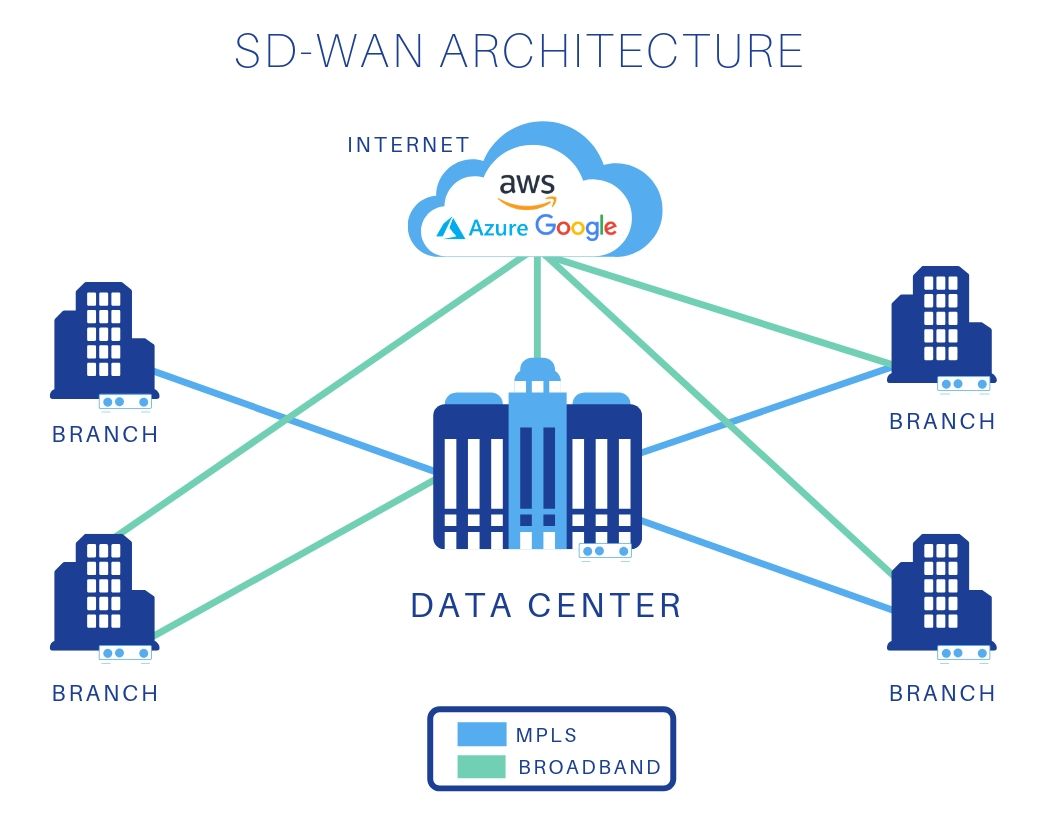5G SD-WAN Solutions

The advent of 5G technology has brought about a significant shift in the way businesses approach their network infrastructure. One area that has seen considerable innovation is in the realm of Software-Defined Wide Area Networking (SD-WAN). 5G SD-WAN solutions are revolutionizing the way organizations manage their WANs, offering enhanced flexibility, security, and performance. In this article, we’ll delve into the world of 5G SD-WAN, exploring its benefits, key features, and the future of this technology.
Introduction to 5G SD-WAN
Traditional WAN architectures have long been plagued by issues such as high costs, complexity, and limited flexibility. The introduction of SD-WAN aimed to address these challenges by providing a software-defined approach to managing WAN connections. With the advent of 5G, SD-WAN solutions have evolved to incorporate the benefits of this next-generation wireless technology. 5G SD-WAN solutions leverage the high speeds, low latency, and increased connectivity of 5G networks to provide a more robust and agile WAN infrastructure.
Benefits of 5G SD-WAN
The integration of 5G with SD-WAN brings numerous benefits to the table. Some of the most significant advantages include:
- Enhanced Performance: 5G networks offer significantly faster data transfer rates and lower latency compared to their 4G predecessors. This translates to improved performance for applications and services that rely on the WAN.
- Increased Flexibility: 5G SD-WAN solutions provide the flexibility to manage and orchestrate WAN connections more efficiently. This includes the ability to dynamically allocate resources and prioritize traffic based onbusiness needs.
- Improved Security: 5G SD-WAN solutions often come with built-in security features such as encryption, firewalls, and intrusion detection. These features help protect the WAN from evolving cyber threats.
- Reduced Costs: By leveraging 5G and SD-WAN technologies, organizations can reduce their WAN costs. 5G can provide a cost-effective alternative to traditional wired connections, and SD-WAN can help optimize traffic and reduce the need for expensive MPLS links.
Key Features of 5G SD-WAN Solutions
When evaluating 5G SD-WAN solutions, there are several key features to look out for. These include:
- Application Awareness: The ability to identify and prioritize applications in real-time, ensuring that critical business apps receive the necessary bandwidth and quality of service.
- Zero-Touch Provisioning: The ability to automatically provision and configure new sites and devices, reducing the complexity and time associated with deploying and managing WAN infrastructure.
- Centralized Management: A centralized console for managing and monitoring the WAN, providing real-time visibility into network performance and security.
- Multi-Path Technology: The ability to simultaneously use multiple transport paths (e.g., MPLS, broadband, 5G) and dynamically steer traffic across these paths based on application requirements and network conditions.
Implementing 5G SD-WAN Solutions
Implementing a 5G SD-WAN solution requires careful planning and consideration. Organizations should start by assessing their current WAN infrastructure and identifying areas for improvement. This includes evaluating the performance, security, and cost of their existing WAN setup. Next, they should define their requirements for the new 5G SD-WAN solution, including the need for application awareness, security features, and centralized management.
When selecting a 5G SD-WAN vendor, organizations should look for solutions that are specifically designed to leverage the benefits of 5G. This includes support for 5G-specific features such as network slicing and edge computing. Additionally, the solution should be able to integrate seamlessly with existing infrastructure and provide a smooth migration path from traditional WAN architectures.
Future of 5G SD-WAN
The future of 5G SD-WAN is promising, with advancements in technology expected to drive even greater adoption and innovation. Some of the key trends that are expected to shape the future of 5G SD-WAN include:
- Edge Computing: The integration of edge computing with 5G SD-WAN, enabling organizations to process data closer to the source and reduce latency.
- Artificial Intelligence (AI) and Machine Learning (ML): The use of AI and ML to optimize WAN performance, predict and prevent security threats, and automate network management tasks.
- Network Slicing: The ability to create multiple, isolated networks on top of a shared physical infrastructure, each optimized for specific applications or services.
Case Study: 5G SD-WAN in Retail
A leading retail chain recently deployed a 5G SD-WAN solution to improve the performance and security of their WAN infrastructure. The solution included application awareness, zero-touch provisioning, and centralized management. With the new solution in place, the retailer was able to prioritize critical applications such as point-of-sale systems and inventory management, ensuring that these apps received the necessary bandwidth and quality of service. The retailer also saw a significant reduction in WAN costs, as they were able to leverage 5G as a cost-effective alternative to traditional wired connections.
Conclusion
5G SD-WAN solutions are revolutionizing the way organizations manage their WAN infrastructure. With their enhanced performance, increased flexibility, and improved security, these solutions are helping businesses stay ahead of the curve in today’s rapidly evolving digital landscape. As the technology continues to evolve, we can expect to see even greater innovation and adoption of 5G SD-WAN solutions.
FAQ Section

What is 5G SD-WAN and how does it differ from traditional SD-WAN?
+5G SD-WAN solutions leverage the high speeds, low latency, and increased connectivity of 5G networks to provide a more robust and agile WAN infrastructure. Unlike traditional SD-WAN, 5G SD-WAN is specifically designed to take advantage of 5G’s capabilities, offering enhanced performance, security, and flexibility.
What are the key benefits of implementing a 5G SD-WAN solution?
+The key benefits of implementing a 5G SD-WAN solution include enhanced performance, increased flexibility, improved security, and reduced costs. 5G SD-WAN solutions can help organizations optimize their WAN infrastructure, prioritize critical applications, and stay ahead of evolving cyber threats.
How do I get started with implementing a 5G SD-WAN solution?
+To get started with implementing a 5G SD-WAN solution, organizations should start by assessing their current WAN infrastructure and identifying areas for improvement. They should then define their requirements for the new 5G SD-WAN solution and select a vendor that can meet their needs. It’s also important to develop a comprehensive implementation plan and to provide training to IT staff and end-users.
What is the future of 5G SD-WAN and how will it evolve in the next few years?
+The future of 5G SD-WAN is promising, with advancements in technology expected to drive even greater adoption and innovation. Some of the key trends that are expected to shape the future of 5G SD-WAN include edge computing, artificial intelligence (AI) and machine learning (ML), and network slicing. As the technology continues to evolve, we can expect to see even greater innovation and adoption of 5G SD-WAN solutions.
What are some common use cases for 5G SD-WAN solutions?
+Some common use cases for 5G SD-WAN solutions include retail, healthcare, finance, and manufacturing. These industries can benefit from the enhanced performance, security, and flexibility offered by 5G SD-WAN solutions. For example, a retail chain can use 5G SD-WAN to prioritize critical applications such as point-of-sale systems and inventory management, while a healthcare organization can use it to securely transmit patient data and prioritize medical applications.


